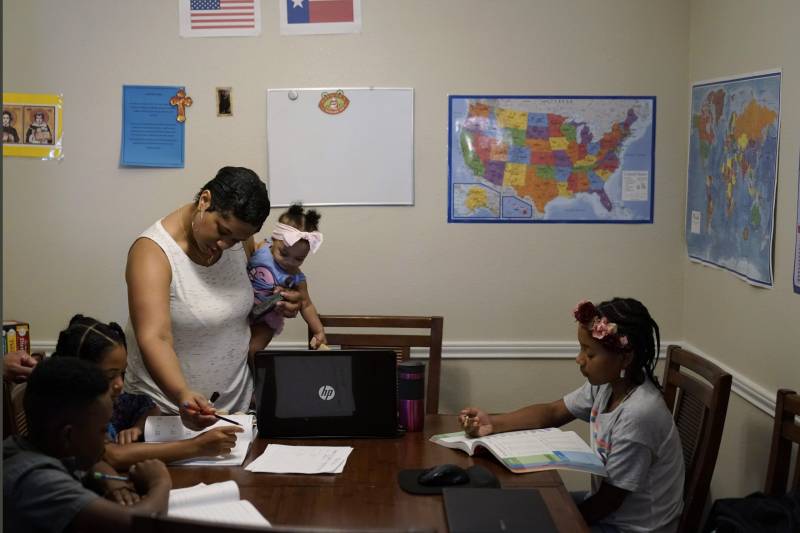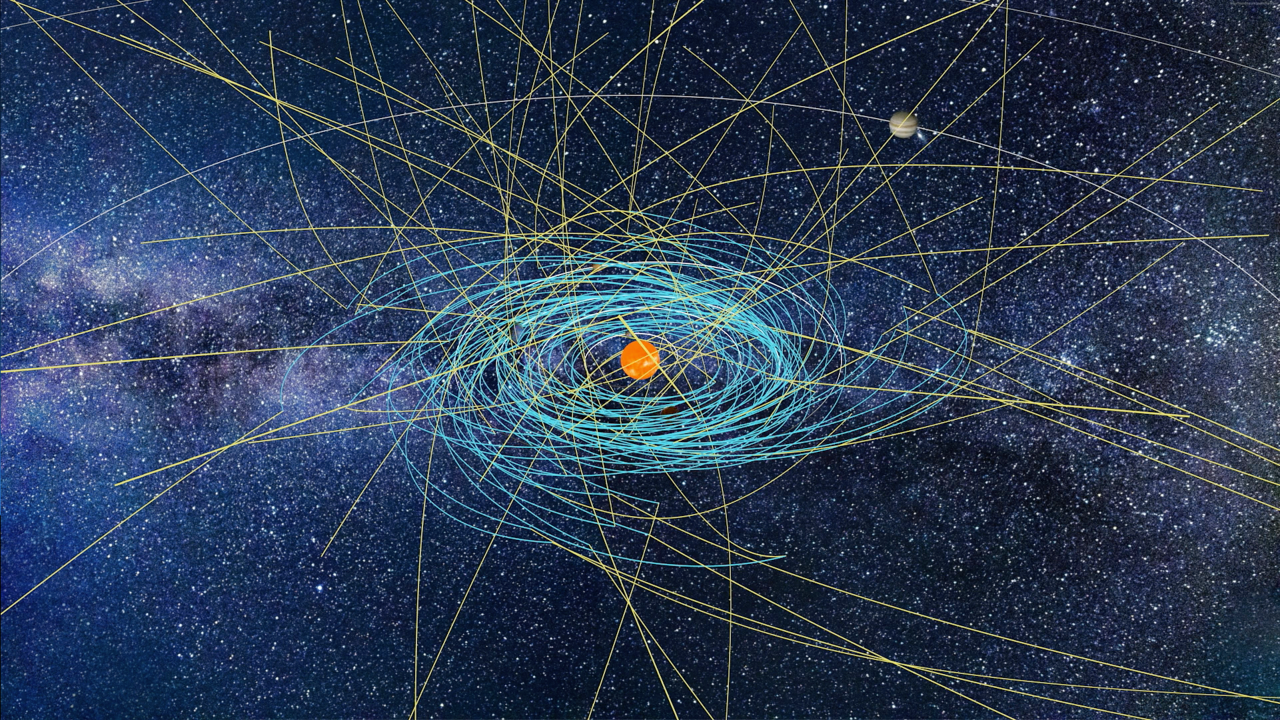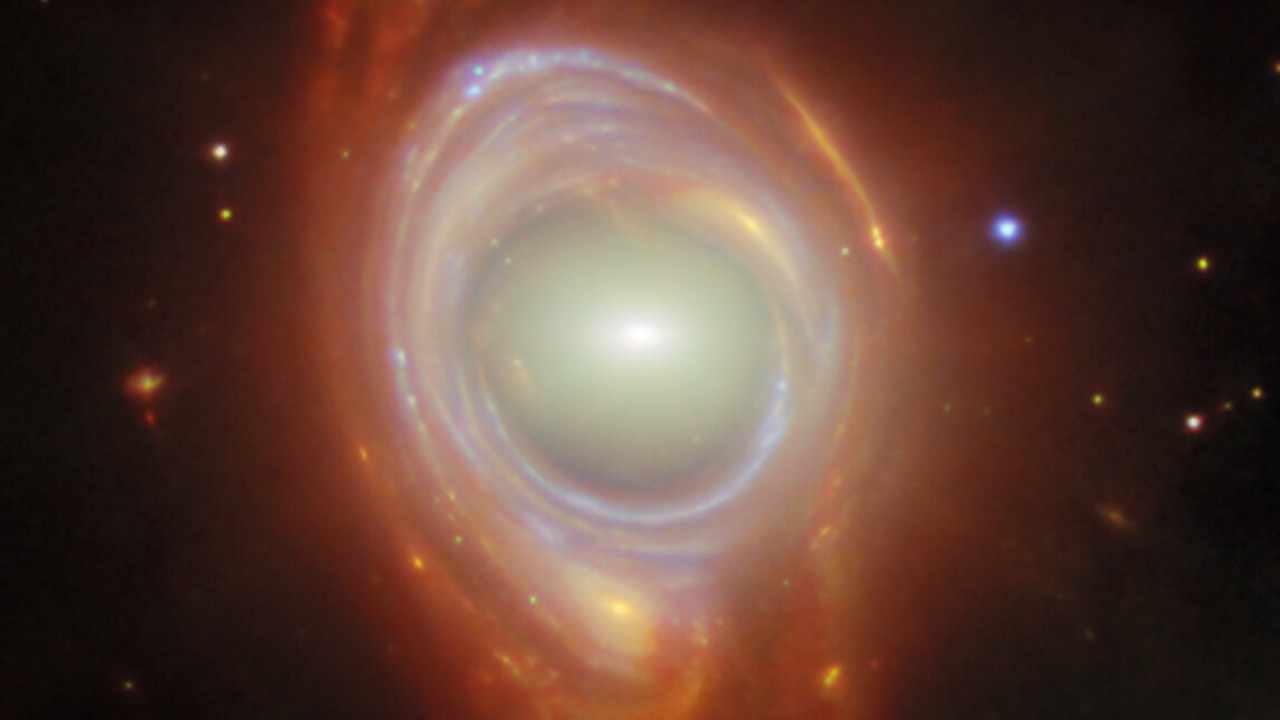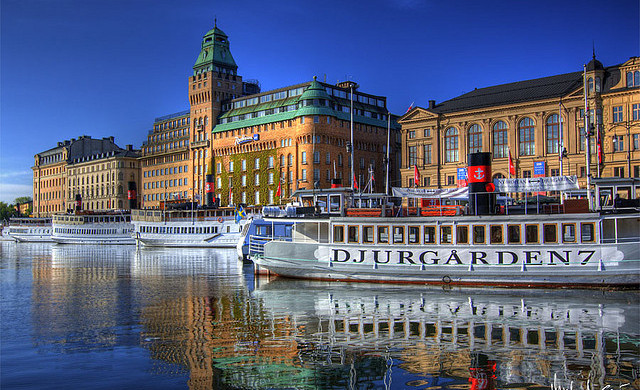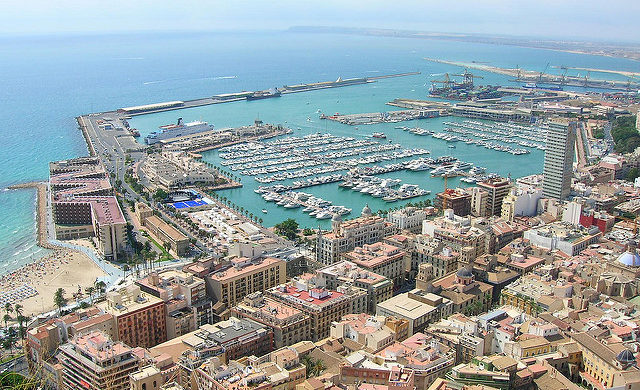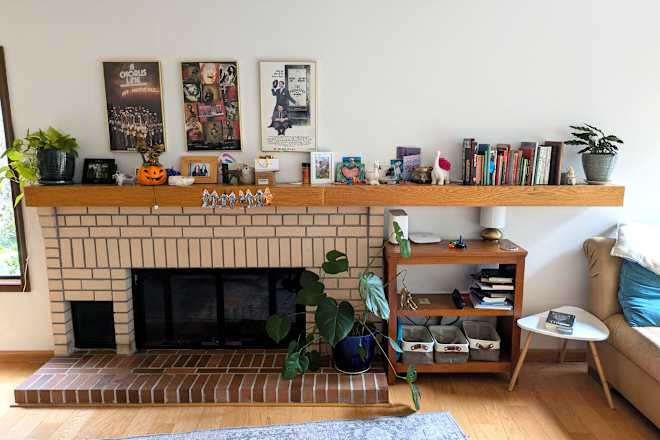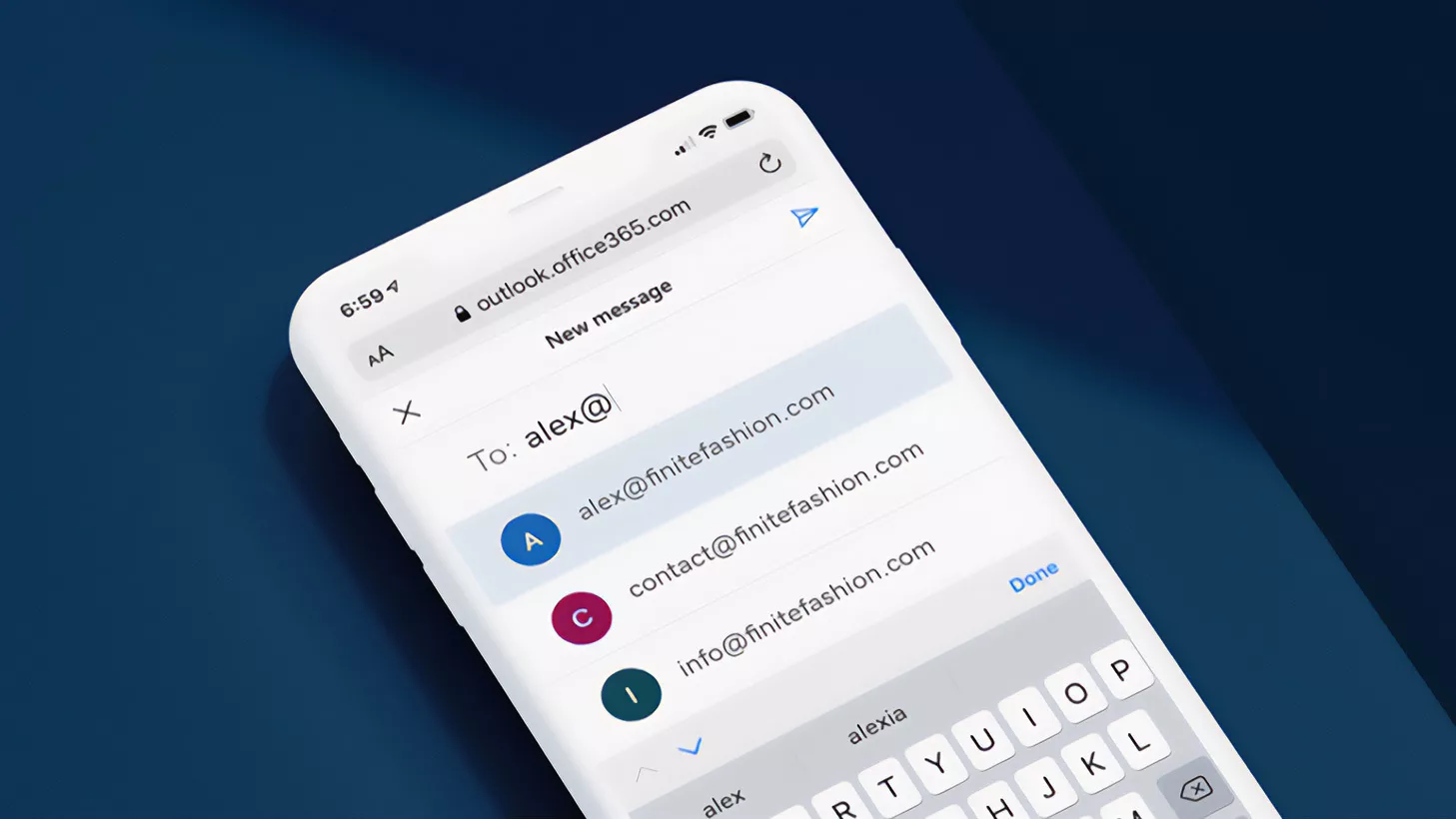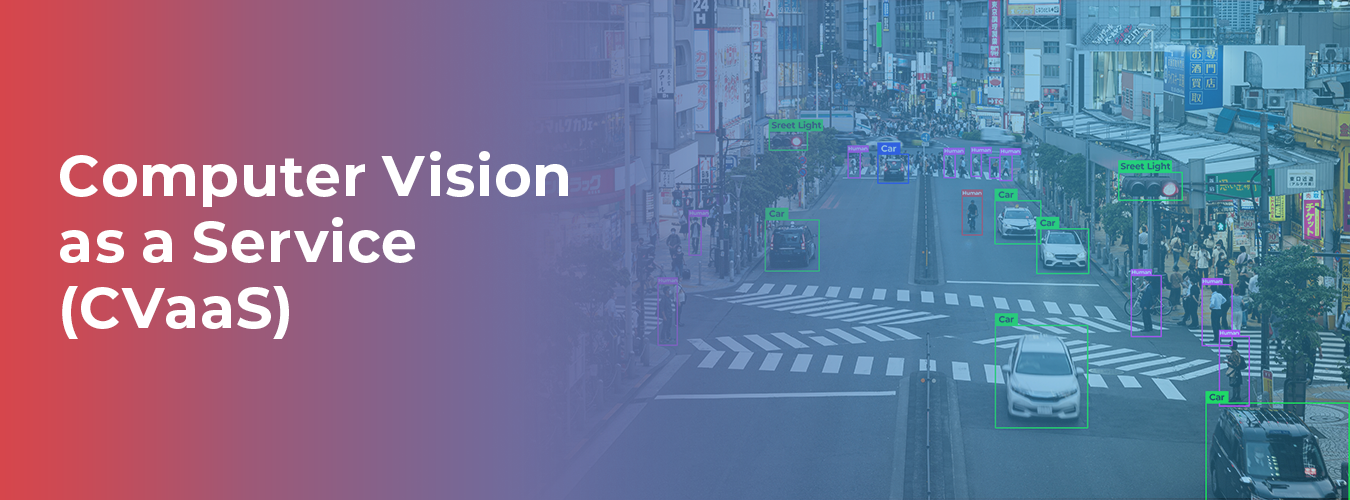What is the Canada Carbon Rebate?
Learn about Canada’s carbon tax, launched in 2019 and ended in 2025. The post What is the Canada Carbon Rebate? appeared first on MoneySense.

The carbon tax has been cancelled
On March 14, 2025, on his first day as Canada’s prime minister, Mark Carney terminated the consumer carbon tax. The final payments will be sent to recipients in April. “This will make a difference to hard-pressed Canadians, but it is part of a much bigger set of measures that this government is taking to ensure that we fight against climate change, that our companies are competitive and the country moves forward,” Carney told the media. The article below will be updated in the days to come.
On January 15, eligible Canadians will receive the Canada Carbon Rebate (CCR), the first such rebate of 2025. The CCR (formerly known as the climate action incentive payment) will be distributed to residents of eight provinces—Alberta, Saskatchewan, Manitoba, Ontario, New Brunswick, Nova Scotia, Prince Edward Island, and Newfoundland and Labrador—through direct deposit to a bank account or via a cheque in the mail. The amount you’ll receive depends on your family situation and which province you live in.
To receive the Canada Carbon Rebate, you must have filed an income tax return for the previous year, even if you had no income to report. The first payment of 2025 is based on 2023 income tax returns. The second, third and fourth payments will be based on 2024 income tax returns.
The Canada Carbon Rebate is a tax-free payment, created to help Canadian households offset the cost of federal pollution pricing at gas pumps. According to the Canadian government, eight in 10 families will get back more than they pay into the carbon pollution pricing system. The amount you receive depends on where you live and the size of your family—more details below.
When is the Canada Carbon Rebate paid out?
The Canada Carbon Rebate is distributed four times per year:
- January 15
- April 15
- July 15
- October 15
If the 15th happens to fall on a weekend or statutory holiday, payments will go out on the last business day before the 15th.
Why is there a carbon rebate?
Carbon rebates are paid out from money collected as part of Canada’s carbon pricing system. In 2019, the federal government put a price on carbon pollution, with the aim of reducing greenhouse gas (GHG) emissions. At the time, the national minimum price was $20 per tonne of carbon dioxide equivalent (CO2e). It went up to $50 in 2022, $65 in 2023 and $80 in 2024. In April 2025, it will be $95. The minimum price will continue rising $15 every April until it reaches $170 per tonne in 2030.
Carbon prices are collected through fuel charges and an output-based pricing system for industry. Since April 1, 2023, drivers in Alberta, Saskatchewan, Manitoba, Ontario, Yukon and Nunavut have paid a fuel charge of $0.1431 per litre of gas. Since July 1, 2023, this charge has also applied to drivers in New Brunswick, Nova Scotia, Prince Edward Island, and Newfoundland and Labrador. (Rates for other fuel types vary.) In April 2024, the fuel charge rate increased to $0.1761, and in 2025, it will be $0.2091. See the rates for 2026 to 2030. MoneySense hack: You can’t avoid fuel charges and other fuel consumption levies, but you might be able to find cheaper gas or get cash back. (Read more about why gas is so expensive.)
Canada’s best credit cards for gas
Provincial and territorial governments can use the federal carbon pollution pricing system or develop their own carbon pricing model or cap-and-trade system, as long as it meets or exceeds federal standards.
The CCR and tax credits are meant to offset the cost of fuel charges for individuals and families while also encouraging them to reduce their GHG emissions. Before 2021, the climate action incentive was a refundable tax credit claimed on personal income tax returns.
Ottawa returns 90% of the carbon pricing money it collects back to the jurisdictions where it came from, either to the provincial and territorial governments or, in the case of the CCR, directly to residents. The other 10% is used to support schools, small and medium-sized businesses, hospitals and Indigenous programs.
Who can receive Canada Carbon Rebate payments?
To be eligible for the CCR, you must be a resident of Canada for income tax purposes at the beginning of the month in which the CRA makes the payments. You also have to be a resident of “an applicable CCR province” on the first day of the payment month, as well as be at least 19 years old in the month before the payments go out.
If you’re under 19, you must meet one of these conditions during the same period, says the CRA:
- Have (or previously had) a spouse or common-law partner
- Are (or previously were) a parent and live (or previously lived) with your child
If you have a spouse or common-law partner, just one of you will get the credit—whoever’s tax return was filed first. According to the CRA, “No matter which one of you receives the credit, the amount will be the same.”
If you have a child under age 19 who lives with you and is registered for the Canada Child Benefit, a credit (for each eligible child) will be included in your CCR calculation. If you share custody of a child with a former spouse, you will each get 50% of the amount you’d have received if the child lived with you full-time. If you live in a small or rural community, you’ll receive a supplement of 20% of the base amount—check your eligibility. (The rural supplement increased from 10% to 20% in April 2024. The federal government also reverted back to using 2016 Census data to determine eligibility, meaning that people deemed ineligible under the 2021 Census data will start receiving the rural supplement again. According to the CRA, “The increased supplement and retroactive payments from April and July will be issued together in October’s payment.”)
Get free MoneySense financial tips, news & advice in your inbox.
How do you apply for the Canada Carbon Rebate?
Most residents don’t need to apply—the government bases eligibility on last year’s income tax returns. (Another good reason to file your tax return on time.) If you get your tax refunds via direct deposit, that’s how you’ll receive your CCR payments, too.
If you’re a newcomer to Canada, you will need to apply for the CCR. If you have kids, fill out Form RC66 and Form RC66SCH to apply for all family and child benefits. If you don’t have kids, fill out Form RC151 to apply for both the CCR and GST/HST benefits.
To keep receiving the CCR, you must file a personal income tax return each year.
How will you receive your CCR payments?
If you receive tax refunds by direct deposit, that’s how you’ll get your CCR as well. (Not registered for direct deposit? You can set that up.) If you get tax refunds by mail, your CCR cheques may take up to 10 business days to arrive.
What if you’re eligible for the Canada Carbon Rebate but didn’t get it?
If the payment date rolls around and you don’t receive anything, the CRA says to wait 10 business days before inquiring. And if you happen to owe taxes or other amounts to the government, the CCR amount will be applied to your debt first.
How much do you get from the Canada Carbon Rebate?
The size of carbon rebates varies by province, where you live in the province and your family’s composition, and the amounts can change from year to year. Your household income is not a factor, says the CRA: “The CCR amount you receive depends on your family situation and the province you reside in. The CCR is not subject to a benefit reduction based on adjusted family net income.”
Each province has a base amount, with additional amounts for a spouse/common-law partner, eligible children, and living in a small or rural community. Below are the quarterly base amounts for 2024–2025. The amounts for P.E.I. include the 10% rural supplement, since all residents are eligible. (See previous base years.)
Most provinces are getting an increase, but if you live in Nova Scotia, Prince Edward Island or Newfoundland and Labrador, you will receive less than you did last year, says the finance department: “This year’s Canada Carbon Rebate amounts reflect the temporary pause of the fuel charge on deliveries of home heating oil that came into effect on November 9, 2023. In Nova Scotia, Prince Edward Island, and Newfoundland and Labrador—where households more often rely on home heating oil—rebate amounts have been adjusted to reflect expected fuel charge proceeds in 2024–25 compared to 2023–24. In all other provinces where the federal fuel charge applies (Alberta, Saskatchewan, Manitoba, Ontario, and New Brunswick), Canada Carbon Rebate amounts have increased.”
AB SK MB ON NB NS PEI NL First adult $225 $188 $150 $140 $95 $103 $110 $149 Second adult $112.50 $94 $75 $70 $47.50 $51.50 $55 $74.50 Each eligible child $56.25 $47 $37.50 $35 $23.75 $25.75 $27.50 $37.25 Family of four $450 $376 $300 $280 $190 $206 $220 $298
Are CCR payments taxable?
Nope! Canada Carbon Rebate payments are tax-free. To learn more about the CCR, visit the Government of Canada website.
Read more about climate and money:
- How climate change is affecting your home insurance
- Watch: Climate change in Canada and the rising cost of home insurance
- Why sustainable investing is important
- Greener days ahead: There’s a new global standard for climate-related disclosures
- How to invest more sustainably in crypto
The post What is the Canada Carbon Rebate? appeared first on MoneySense.

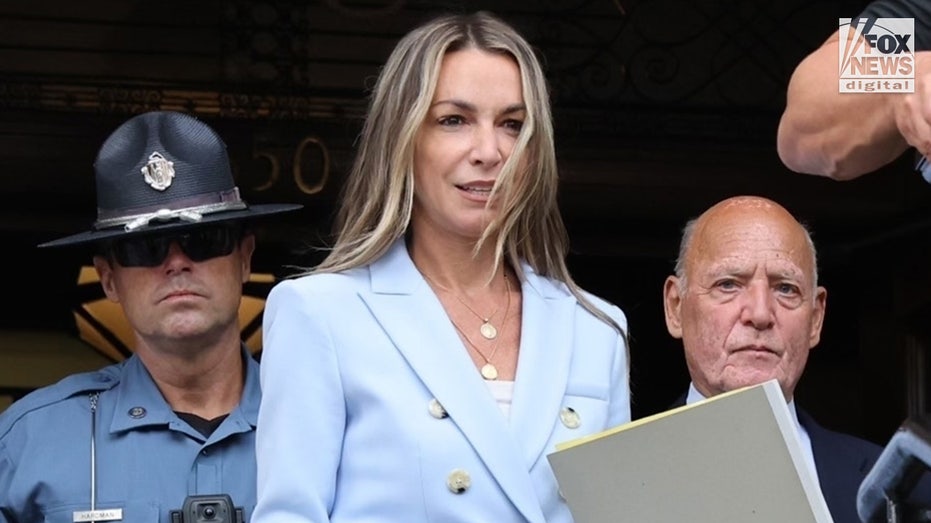




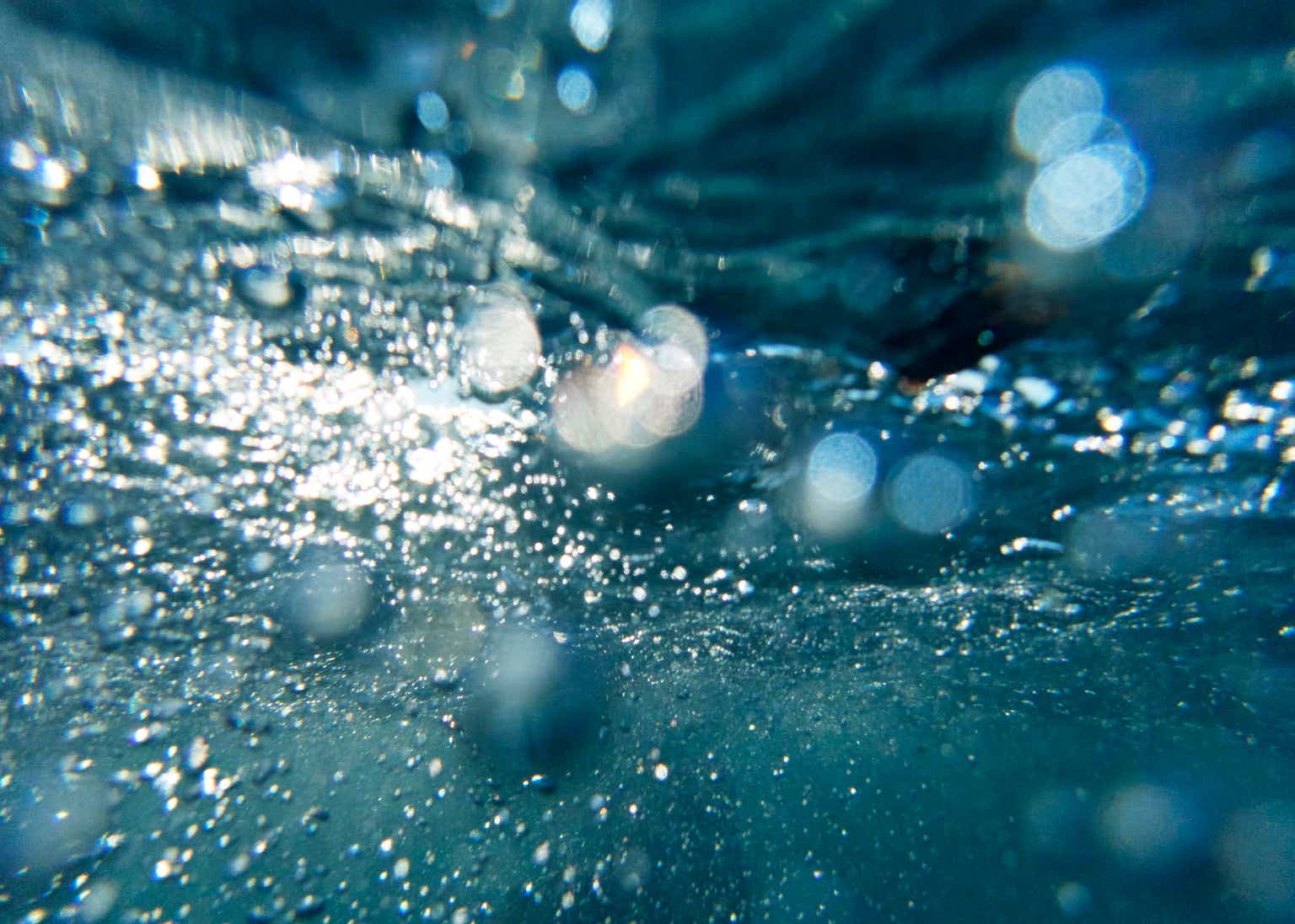




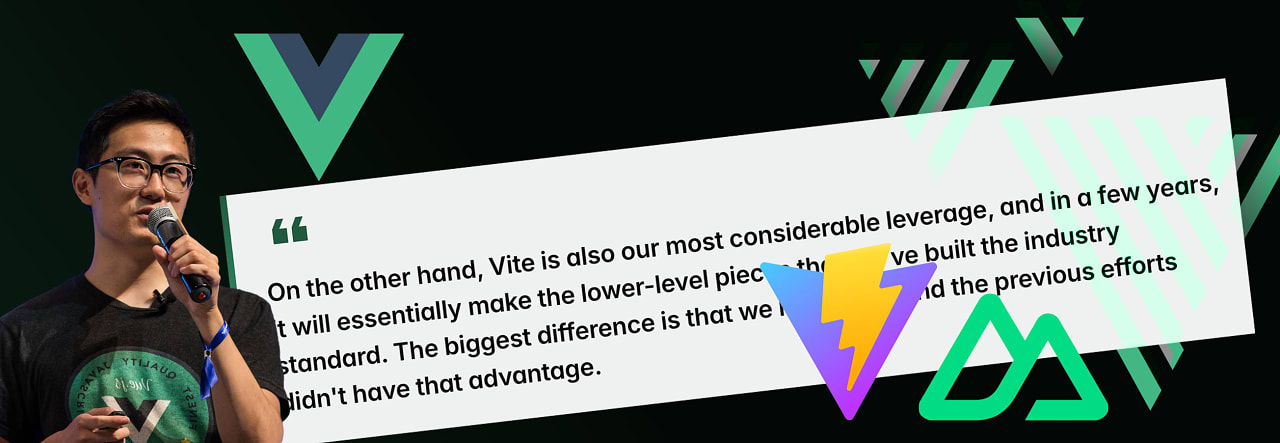
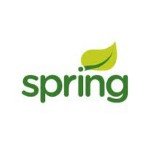
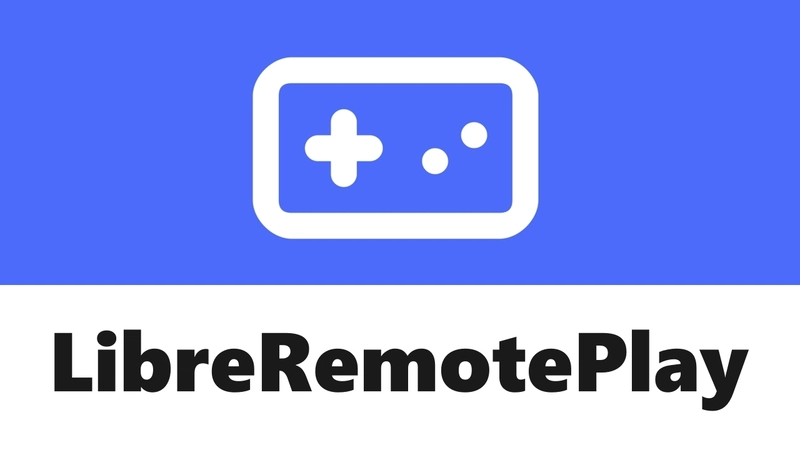
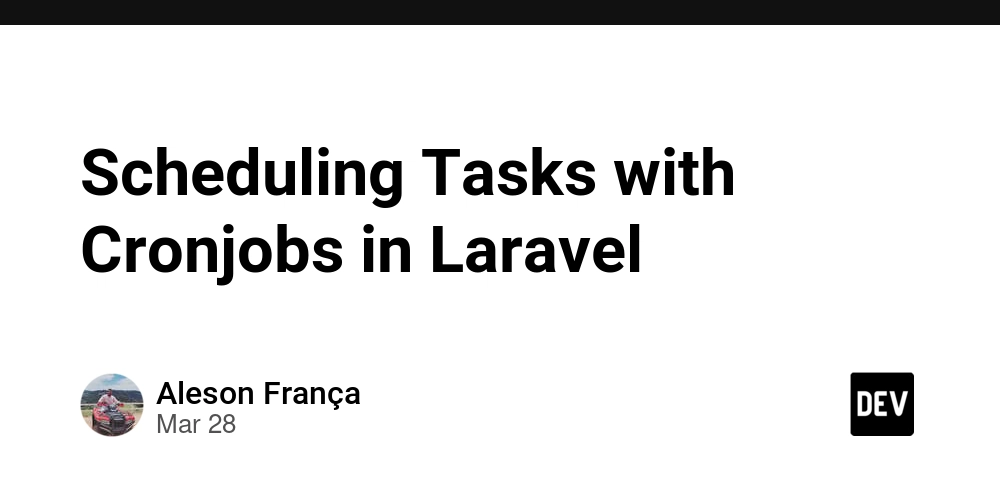



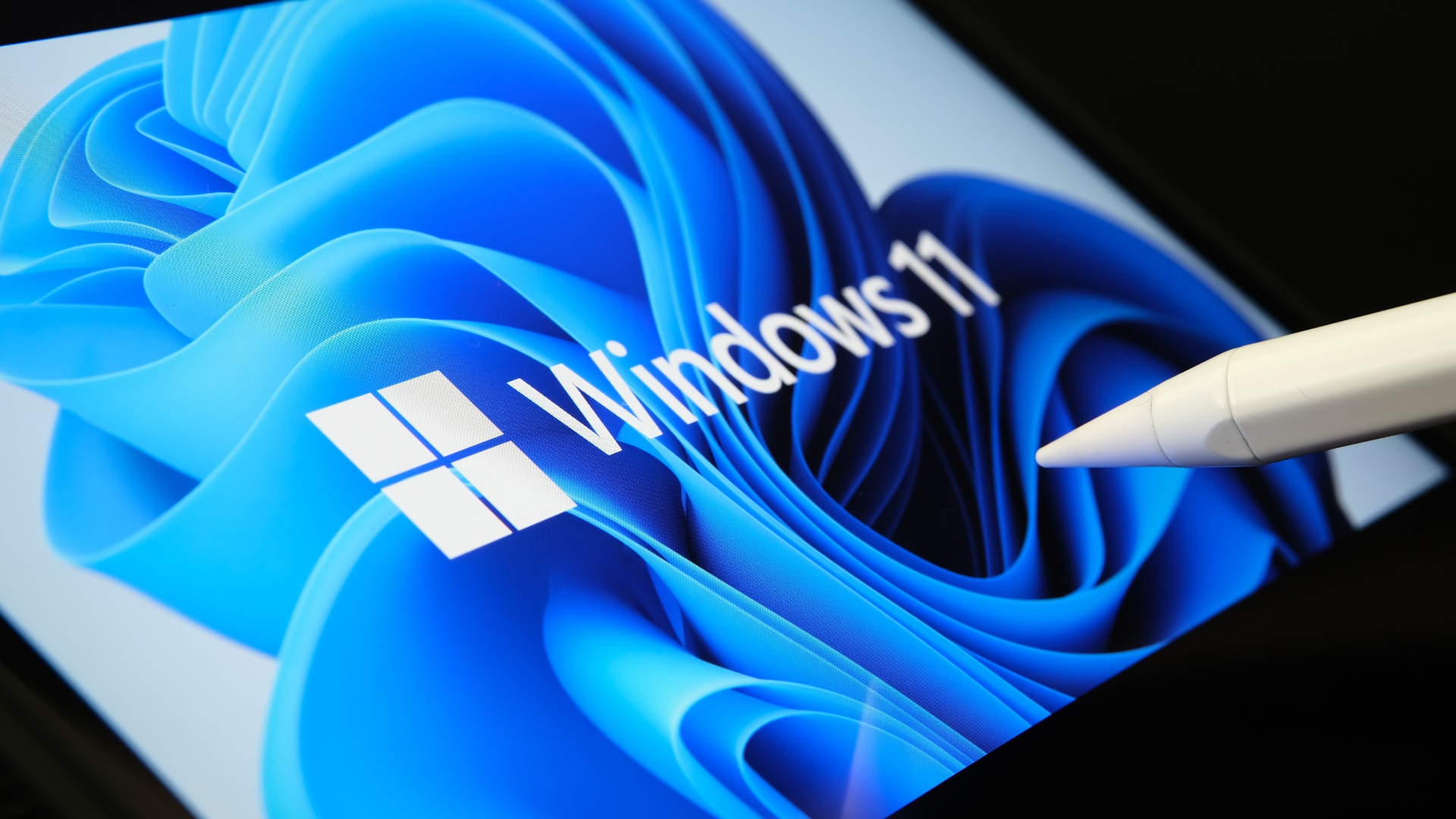
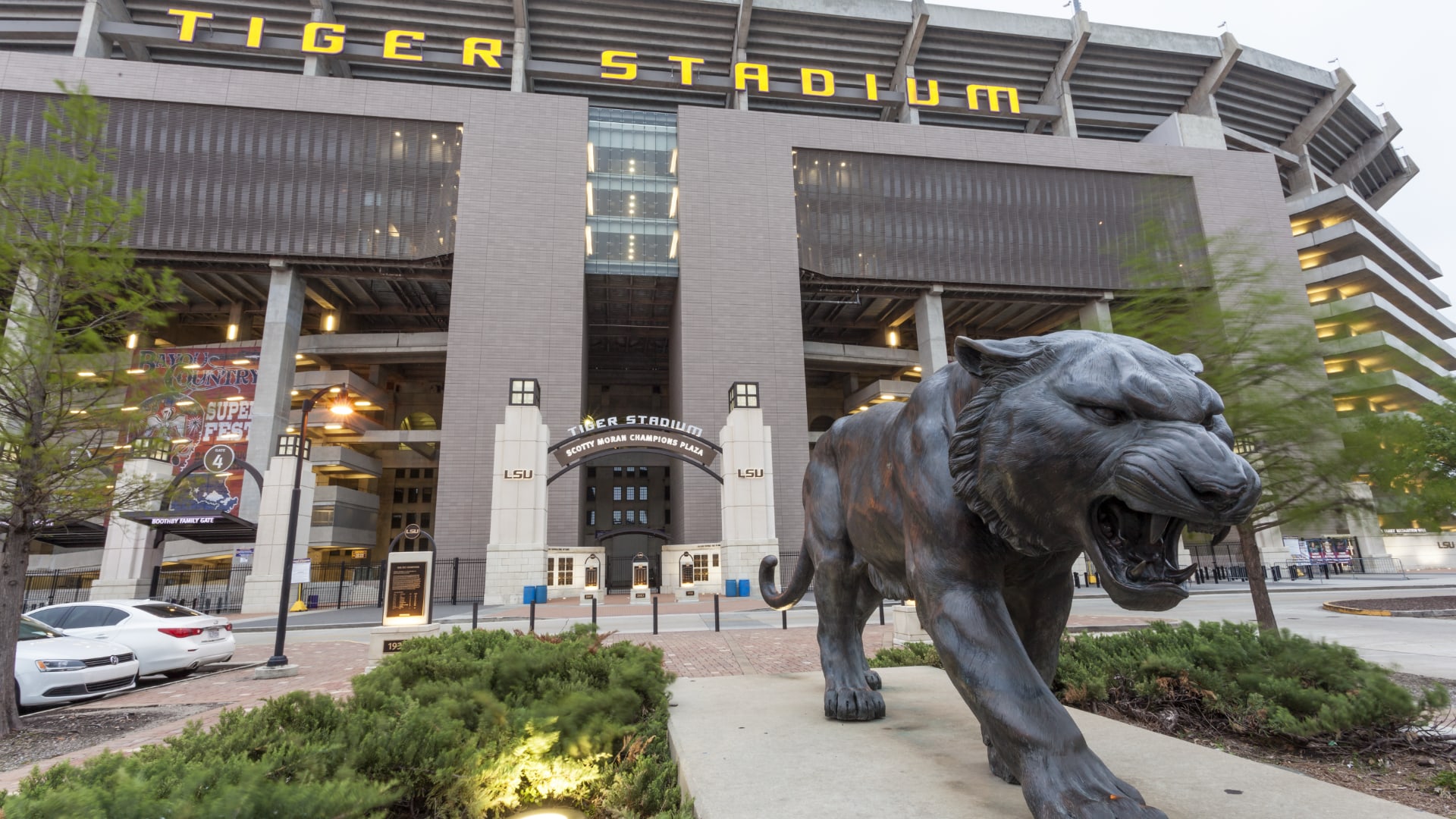
_Science_Photo_Library_Alamy.jpg?#)









